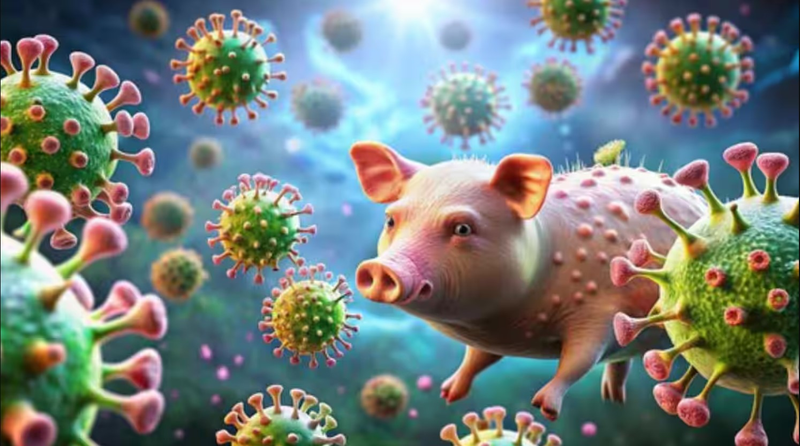H1N1 2025: Latest Trends, Updates, and Prevention Strategies Amid the Swine Flu

The H1N1 virus, commonly known as swine flu, continues to pose significant health challenges worldwide. As we approach 2025, staying updated with the latest H1N1 news and understanding the evolving dynamics of the H1N1 outbreak is crucial for public health and safety. In this article, we explore the latest H1N1 trends, provide Swine Flu updates, and discuss effective H1N1 prevention strategies along with the role of the H1N1 vaccine. We also present key H1N1 statistics to help you understand the current impact of the virus.
1. Understanding H1N1: A Brief Overview
1.1 What is H1N1?
H1N1 is a subtype of the influenza virus, responsible for causing swine flu outbreaks around the globe. The H1N1 virus is highly contagious and can lead to severe respiratory illness, especially in vulnerable populations. Its ability to mutate makes it imperative for health authorities to monitor H1N1 trends continuously.
1.2 The Evolution of H1N1 in 2025
With advancements in medical research and technology, the landscape of H1N1 2025 is evolving. Continuous Swine Flu updates show that while the virus remains a public health concern, improved detection methods and vaccination programs are helping to mitigate its impact.
2. Latest H1N1 News and Outbreak Updates
2.1 Breaking H1N1 News
Recent H1N1 news reports indicate a renewed focus on surveillance and response strategies. Health agencies are intensifying efforts to track H1N1 outbreaks in various regions, ensuring prompt action to prevent widespread transmission.
2.2 Current Outbreak Trends
The latest H1N1 statistics reveal important insights into infection rates, recovery trends, and regions most affected by the virus. These trends are critical for shaping public health policies and directing resources where they are needed most.
3. Prevention and Protection Strategies
3.1 H1N1 Prevention Measures
Effective H1N1 prevention is key to reducing the spread of the virus. Basic measures include:
Regular hand washing and sanitization
Wearing masks in crowded or high-risk areas
Practicing social distancing
Maintaining a healthy lifestyle to boost immunity
3.2 The Role of the H1N1 Vaccine
Vaccination remains one of the most powerful tools in combating the H1N1 virus. The H1N1 vaccine is continuously updated to match circulating strains, offering protection and reducing the severity of the illness. Public health campaigns are actively promoting the vaccine as a critical component of H1N1 prevention strategies.
4. Future Perspectives: H1N1 in 2025 and Beyond
4.1 Innovations in H1N1 Management
The future of H1N1 2025 lies in innovative technologies and improved healthcare infrastructure. Research into new antiviral treatments and faster diagnostic methods promises to enhance our ability to manage outbreaks more effectively.
4.2 Global Cooperation and Public Health
International collaboration is crucial for tackling the H1N1 outbreak. Sharing data, resources, and strategies globally helps in formulating coordinated responses to H1N1 2025, ensuring a more robust defense against future outbreaks.
5. Conclusion
The ongoing challenge of the H1N1 virus demands constant vigilance and adaptive strategies. By staying updated with the latest H1N1 news, monitoring latest H1N1 trends, and implementing effective H1N1 prevention measures, we can better safeguard public health in 2025 and beyond. With the continued rollout of updated H1N1 vaccines and global cooperation, the future holds promise for a more resilient response to the virus.
Stay informed, take preventive steps, and join the global effort in battling H1N1. Together, we can ensure a healthier and safer future for all.
